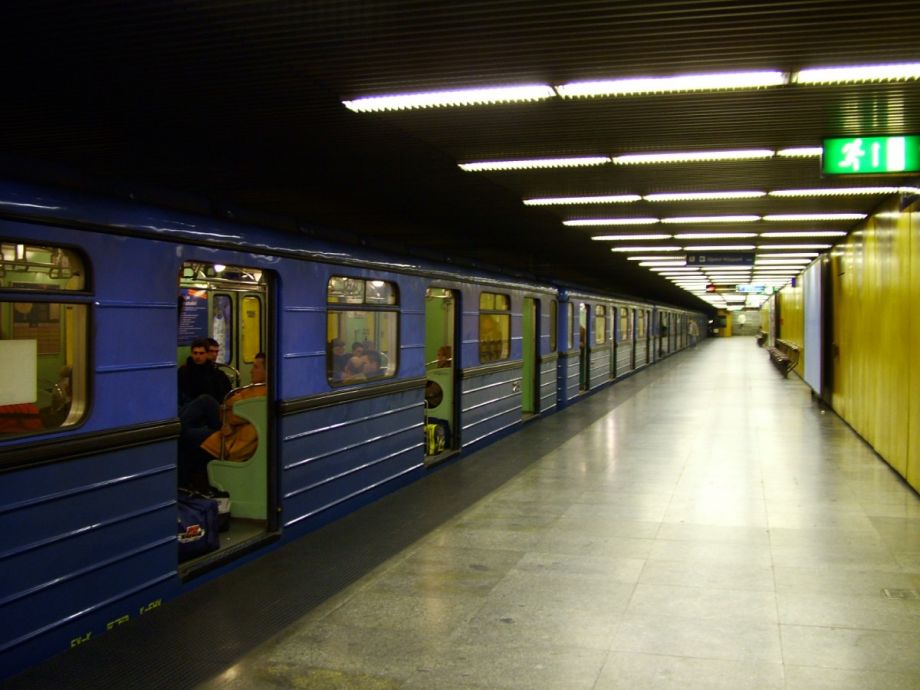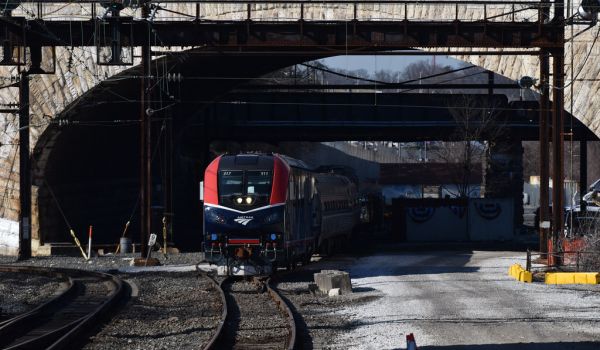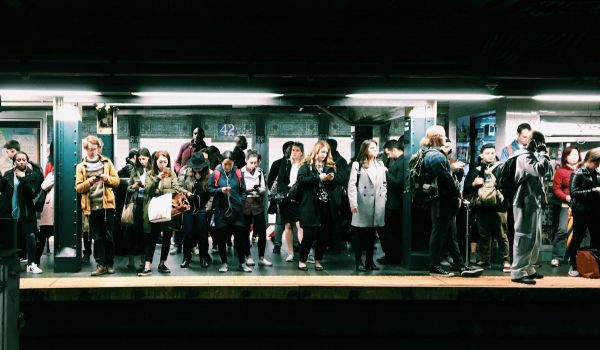Our weekly roundup of new and newsworthy transportation projects around the world.
Budapest Opens Eastern Europe’s First Driverless Metro
In 1896, before New York had its subway and Paris its Métro, Budapest opened its metró line — the beginning of the second underground railway system on earth, after London’s. And on Friday, continental Europe’s first subway got its first driverless train as the Hungarian city opened Line 4 to the public. The 7.4-kilometer (4.6-mile) line includes Metro’s second Danube crossing, connecting the Buda and Pest sides of the city.
The line is quite short, taking just 13 minutes to travel from one end to the other, and illustrates the opportunity cost of expensive subway construction. At $2 billion for the new line (the EU threw in $800 million) and another $120 million for the trains, the subway was pricey by European standards, closing in on half a billion dollars per kilometer if adjusted for purchasing power parity. Had the designers brought costs down from London levels to Berlin levels, they could have easily afforded the entire line at once. For now, Line 4’s second phase — a four-station, three-kilometer (1.9-mile) extension — is unfunded, and has no realistic chance of opening within the decade.
Billions in Profits for Japan’s Flagship Shinkansen Operator
The Central Japan Railway (known as JR Central), owner of the world’s busiest high-speed rail line, saw profits climb by 32 percent since last year, to $2.3 billion for the nine months through December 31. In addition to the Tokaido Shinkansen, which connects Japan’s three major metropolitan areas, the company also runs commuter trains in and around the city of Nagoya, along with the usual bevy of retail, real estate and other railway-related interests.
JR Central will need the profits, though, because it is embarking on the most ambitious railway scheme since the creation of the original Tokaido Shinkansen half a century ago: A $90 billion magnetic levitation relief line called the Chuo Shinkansen. While Nagoya is the smallest of Japan’s three major metropolitan areas, its position between Tokyo in the east and Osaka, Kobe and Kyoto in the west meant that JR Central got the prized Tokaido Shinkansen during the national railway breakup. It’s JR Central that now has the means to carry on its legacy with the Chuo Shinkansen.
JR Central was privatized two decades ago — it is traded publicly on the stock exchange, with Japanese banks as its largest shareholders — along with the Tokyo- and Osaka-area lines of the old Japanese National Railways. The three main-island railways remain the most successful examples of railway privatization, an endeavor fraught with peril.
Billions of Pounds for U.K. Rail
The United Kingdom’s rail infrastructure owner, Network Rail, has announced its five-year, £38 billion plan, which involves spending £12 billion on capital projects. The national rail owner — a host of private companies actually run the trains, after bidding on various “franchises” — will electrify more than 1,200 kilometers (about 750 miles) of railway, including the busy Midland Main Line from London to Sheffield and the Great Western Main Line to Swansea and Bristol. The money will also go toward reopening shuttered lines and upgrading stations, as well as closing 500 at-grade crossings between railways and roads, on top of the nearly 800 closed since 2010, as a safety measure. The five-year plan should make room for an additional 170,000 seats and will be the “largest capital investment programme on the rail network since Victorian times,” according to Network Rail, and will cut overall operating costs by around 20 percent.
L.A. Gears Up For 2016 Transit Vote
Move L.A., a transit advocacy group, unveiled a proposal on Saturday for a 2016 transit sales tax ballot measure in Los Angeles County. For between 25 and 30 cents per resident per day on average, transit projects across the county would be funded to the tune of $90 billion over 45 years. Metro seemed supportive of the measure though not yet committed to it, emphasizing the need to spread projects throughout the 10 million-strong county in order to win the two-thirds support necessary to pass any sales tax measure. While projects within the city of Los Angeles and on the Westside would likely draw the most riders, projects that aren’t as effective would need to be funded to gain the favor of voters outside the most densely populated areas. The Los Angeles Times suggested that the money could be used to “build a light-rail link to Burbank’s Bob Hope Airport, convert the San Fernando Valley Orange Line busway to rail and extend the Green Line near LAX to sweep through South Bay cities and connect with the Blue Line in Long Beach.”
Stephen J. Smith is a reporter based in New York. He has written about transportation, infrastructure and real estate for a variety of publications including New York Yimby, where he is currently an editor, Next City, City Lab and the New York Observer.
















